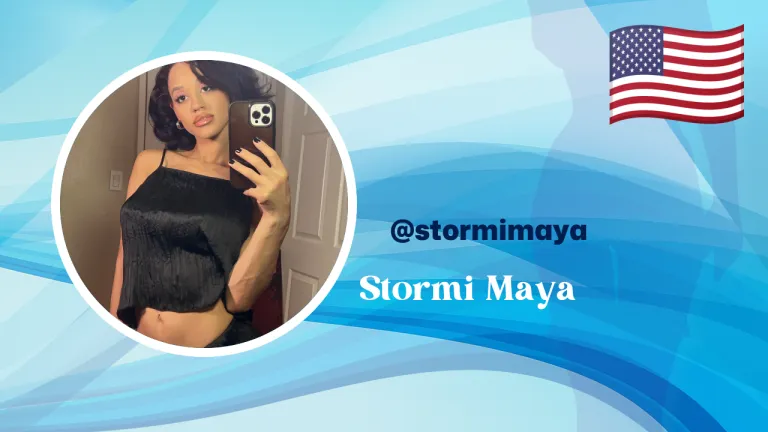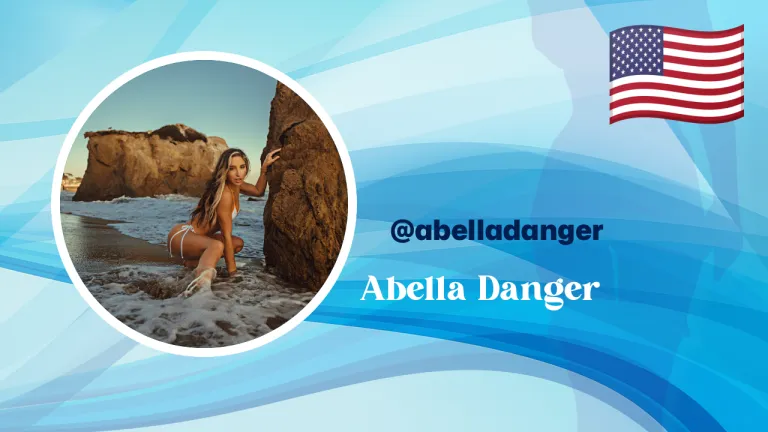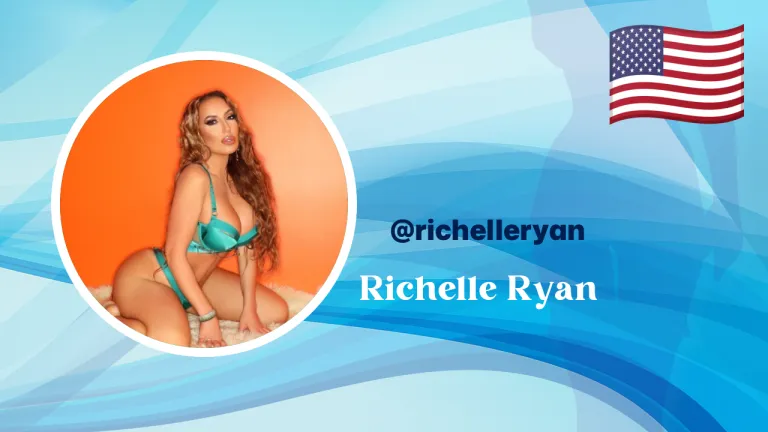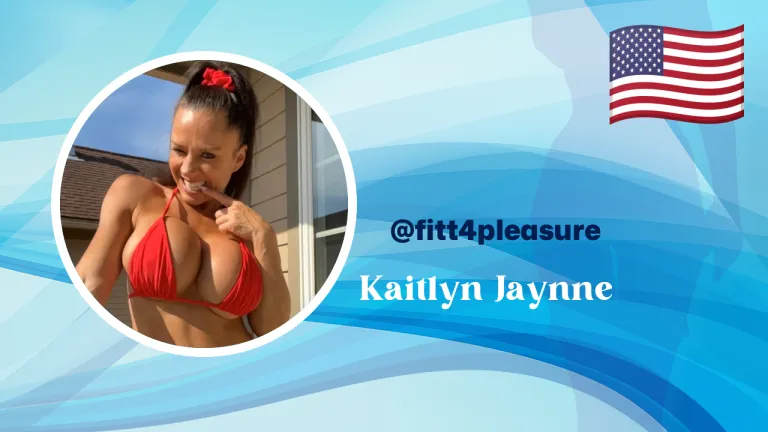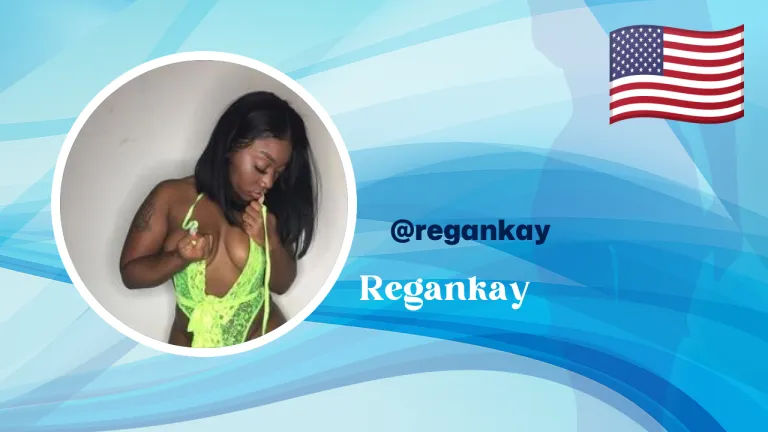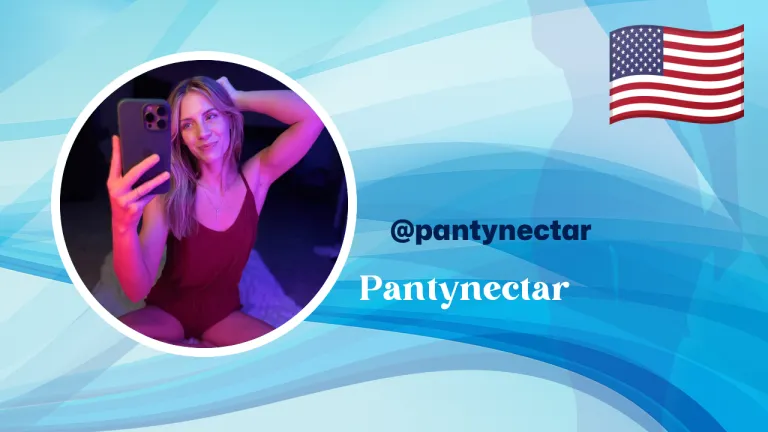Geographic Concentration
Based on a dataset of over 200,000 profiles, a clear pattern emerges in the regional distribution of OnlyFans creators across the United States. The concentration is neither random nor evenly spread. Instead, it closely follows the contours of population density, cultural openness, and proximity to influencer economies.
A Power Law in Action: The Top Six States
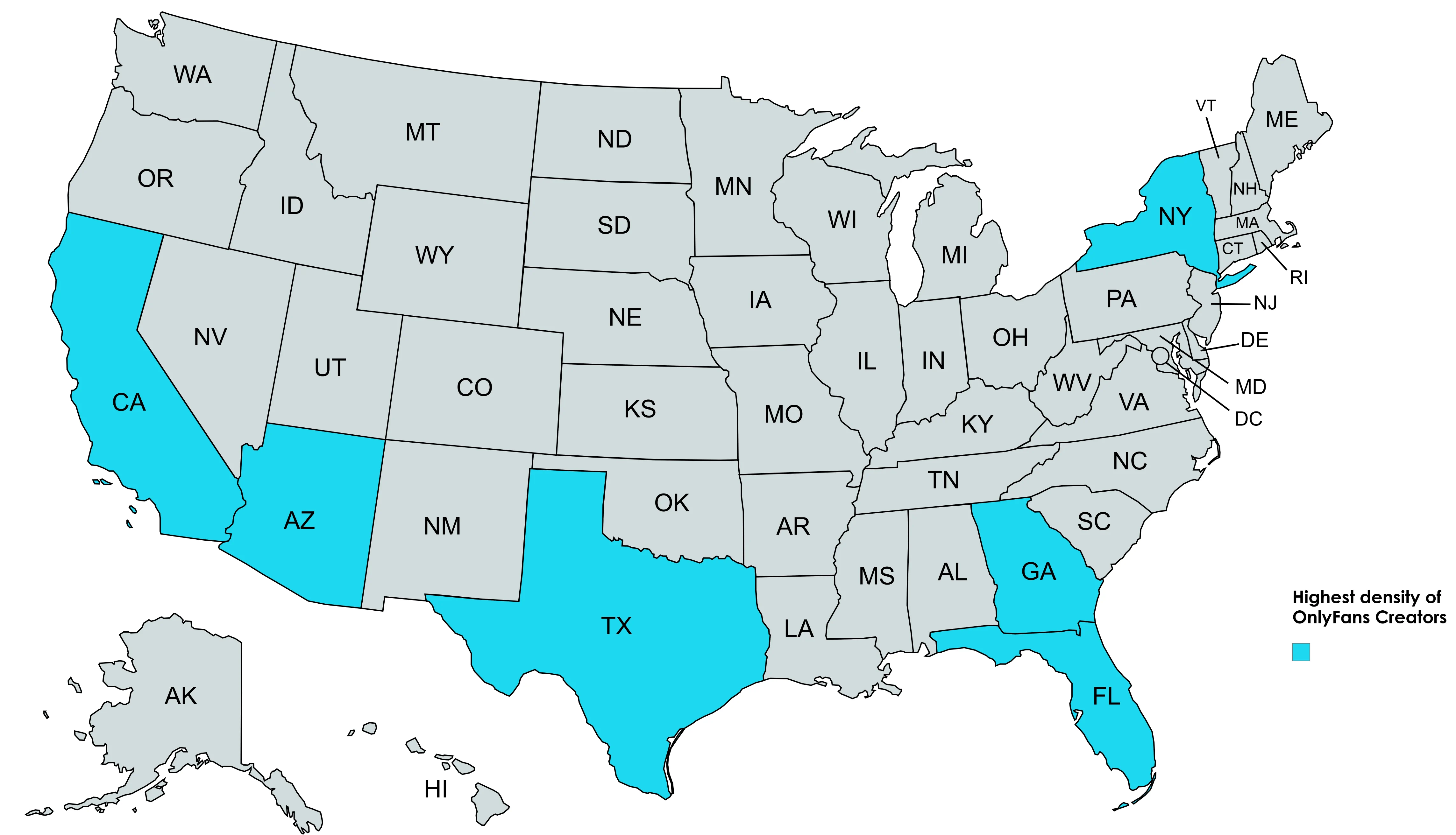
When analyzing digital creator economies, one often encounters a power law distribution-a dynamic where a small number of entities (in this case, U.S. states) dominate the volume of activity. This pattern holds true for OnlyFans as well.
California, Texas, Florida, New York, Nevada, and Georgia collectively account for a substantial portion of U.S.-based creator accounts. Based on available data, these five states alone comprise more than 35% of the national creator base, despite representing just under 40% of the total U.S. population. While population size plays a role, it does not fully explain the concentration.
Several reinforcing factors are at play:
-
Urban concentration: Each of these states is home to multiple large metropolitan areas-Los Angeles, Houston, Miami, New York City, and Atlanta, respectively. These cities act as digital economies of scale, offering higher creator visibility, faster production cycles, and greater collaboration potential.
-
Cultural receptiveness: These regions also tend to be more open to alternative monetization models and adult-oriented content. In practice, this translates to higher platform adoption rates, fewer stigmas around content creation, and more supportive peer networks.
-
Access to monetization infrastructure: The presence of professional studios, talent agencies, social media consultants, and legal-advisory services gives creators in these states a significant edge. These elements streamline scaling, optimize fan retention, and help maximize revenue per subscriber.
Notably, California stands far ahead of the rest, with over 24,000 registered creator profiles-more than twice the number found in Georgia, which ranks fifth. This dominance reflects the state’s long-standing role as a global center for content production, not just in traditional media, but increasingly in direct-to-consumer digital models like OnlyFans.
From a platform growth perspective, these states function as strategic leverage points-regions where small interventions (e.g., localized marketing, agency partnerships, creator incentives) can yield disproportionate network effects.
In other words, success on OnlyFans isn’t just personal-it’s geographical.
The Urban Gravity Principle
What drives this clustering? In practice, it's access to urban infrastructure. Metropolitan areas such as Los Angeles, Miami, Atlanta, Dallas, and New York City serve as high-density nodes-offering faster content turnaround, creator collaborations, and support ecosystems like OnlyFans agencies, photographers, or social media strategists.
Notably, creators operating in or near these metro zones often show higher engagement rates and more aggressive monetization strategies.
Cultural and Industrial Synergies
From a technical standpoint, the presence of supporting industries strongly correlates with OnlyFans adoption. California, for example, combines adult entertainment, fitness, and influencer culture in one high-output ecosystem. Florida blends nightlife, tourism, and media production. Georgia-particularly Atlanta-benefits from its central role in the U.S. hip-hop scene and Black creator economy.
These industrial backdrops provide not only thematic content lanes (e.g., music, fitness, lifestyle) but also pre-existing audience networks and monetization logic.
Underrepresentation in the Central U.S.
States such as Nebraska, Montana, South Dakota, and Mississippi appear consistently at the bottom of the distribution curve. While partly attributable to lower population counts, these gaps also reflect socio-cultural factors-namely, lower platform acceptance, fewer content production facilities, and more conservative local attitudes toward digital monetization via adult content.
Agency Footprints and Operational Scaling
One of the more underdiscussed variables in the OnlyFans ecosystem is the institutional infrastructure behind individual creator success-specifically, the role of specialized content agencies. While the platform is often framed as a grassroots tool for independent monetization, the reality is increasingly shaped by agency-backed creators, particularly in states like California, Florida, and Nevada.
These agencies-such as Unruly Agency, The Syndicate, or Fanwire-offer professionalized backend services that go well beyond content scheduling. Their operational models include:
-
Automated fan interaction (via scripted DMs and chatbots)
-
A/B testing of content formats and price points
-
Daily or weekly performance analytics
-
Content creation workflows with in-house photographers, editors, and brand managers
From a technical standpoint, this transforms the OnlyFans profile from a solo creator project into a micro media company. And the effect is tangible: agency-affiliated creators often demonstrate higher conversion rates, more consistent revenue per subscriber, and greater audience retention over time.
Geography plays a key role here.
These agencies are often physically based in media-heavy cities, particularly Los Angeles, Miami, and Las Vegas. As such, their influence radiates locally-resulting in geographic clusters of high-performing accounts that share not just a ZIP code, but also a monetization playbook.
It is worth noting that creators operating within these agency ecosystems typically adhere to standardized growth models: they post at least 3-4 times per day, drive engagement through direct messaging funnels, and promote across multiple platforms using repackaged content. This leads to a consistent aesthetic and structure that’s hard to replicate organically.
In short, agency presence doesn’t just support creators-it scales them. And because agencies tend to anchor themselves in regions with pre-existing media infrastructure, their operations amplify existing geographic inequalities on the platform. Success, in this case, is not just algorithmic or aesthetic-it’s operationally engineered.





